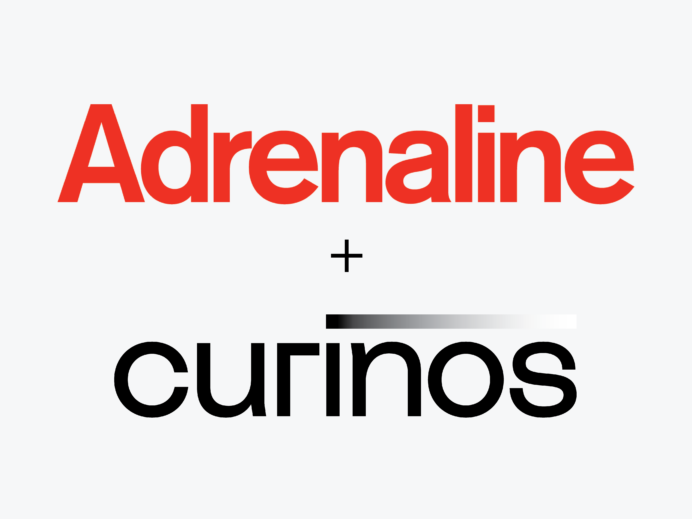
In banking, strict regulations create a unique obstacle for brands to overcome in differentiating themselves and telling their story. At this year’s ICBA Lead FWD summit, Adrenaline led a collaboration workshop to help brands begin identifying their brand opportunities.
Last week, we facilitated a Collaboration Challenge Workshop at the Independent Community Bankers of America (ICBA) LEAD FWD Summit. Leaders within organizations, like community bankers, are in a unique position to develop and deliver on brand promise, and the potential behind any brand starts with a compelling story. Brand storytelling is a vehicle to capture beliefs, words and actions that represent the power and possibility within brand identity. To get to the heart of a meaningful story, we begin by identifying our brand opportunities.
In our recent feature in the Journal of Brand Strategy, we discussed how using the Blue Ocean strategy fused with our Brand Food Chain methodology helps brands distill the attributes of an organization into a singular, unique and ownable idea that is matchless in your market. In a Red Ocean, brands battle for the same market space where there is little opportunity, competing for customers with features and services that may be similar to other brands. In a Blue Ocean, brands can say something different and create new prospects for brand meaning by focusing on a bigger idea that people can experience.
When addressing how customers interact with companies, brands often focus primarily on user experience (UX), which is a person using a product or service. Broadening that concept, some brands focus on customer experience (CX), which is how consumers interact with your company across all brand touchpoints. The brand experience (BX) level is where all of the elements of brand really come together. In BX, brands are evaluated based on everything they do – deliver on user experience, focus on enhanced customer experience in multiple channels, and deliver a larger story and meaning for the brand.
This is where our activities with the LEAD FWD workshop really took flight. With community banks, there is often a great chance to share their story with a potential customer, but that story must be distinct from others within the same market or community. Through our work with community banks, we know that finding just the right ingredients to tell a bank’s story can lead to phenomenal success. These stories must be simultaneously compelling, emotional and efficient; they must resonate with current and potential customers, alike, and be inextricably linked to how a brand does business with its customers. In short, the stories must be authentic to who the brand is at its core.
There are many rules and regulations in banking, so many banks are offering similar products and services, competing in a red ocean for customers. In this environment, banks can’t often innovate in ways that other brands do by offering the latest in technology or new and enhanced products and services. Because of regulation, many banks struggle to differentiate themselves and find their blue ocean opportunity. That’s why the brand food chain exercise is so powerful, because it allows banks to focus on what the brand means within its community and capitalize on what it does really well and differently in comparison to their competitors.






